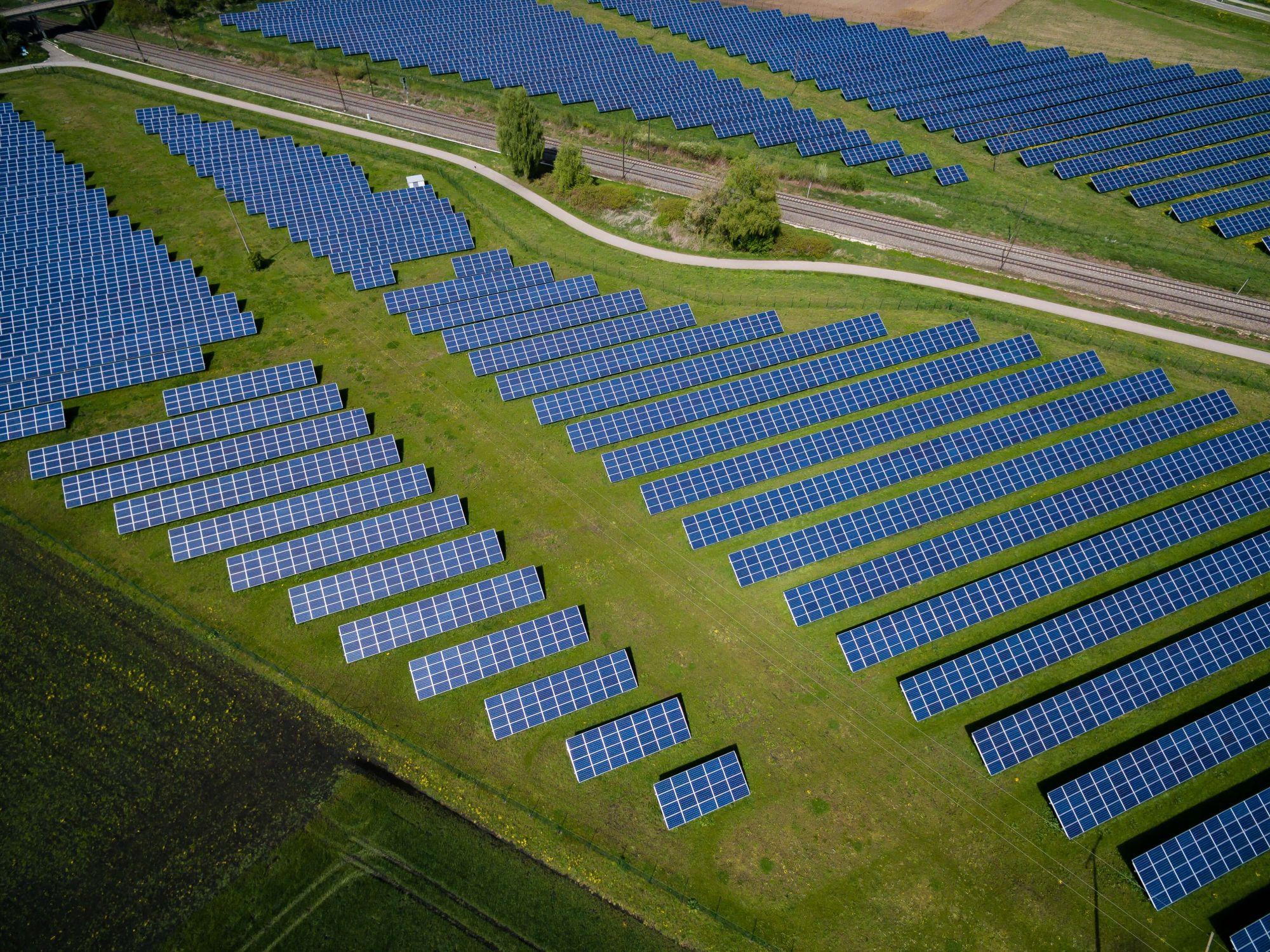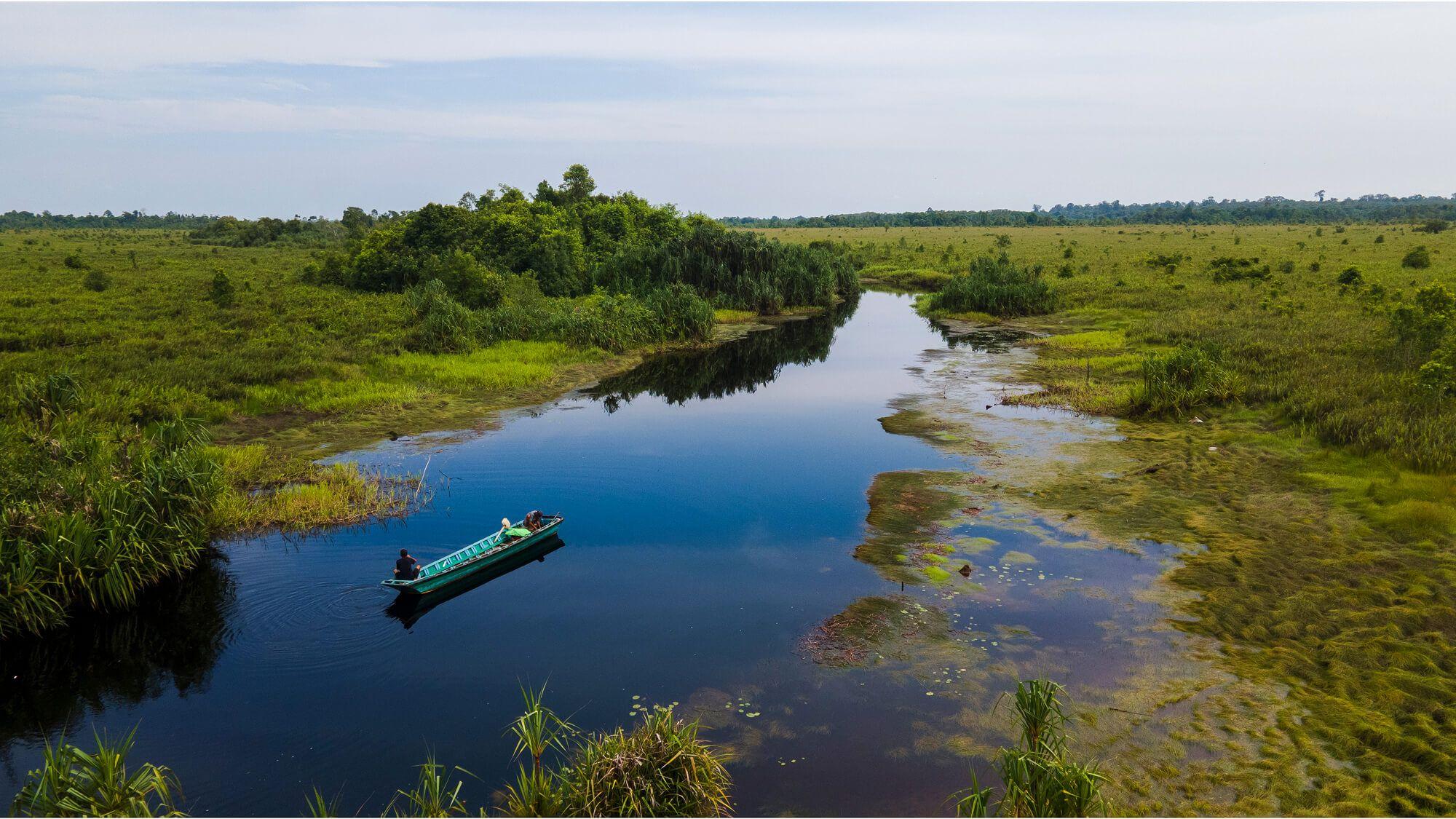7,500 Kilometres of Electrical Awareness
Electric motorcycles are the future of transportation in East Africa. For Jesse Forrester and Edwin Mariwa, bringing the rest of the world along for the ride is a matter of course.
“When I was a kid, there was a Minister of Transport called John Michuki,” is how Jesse Forrester begins his story.
“And back in the day, we used to take these 14 seater minivans called matatus…” he stops and asks, “Have you ever been to Nairobi?”
I nod. Kenya’s capital city, hemmed by some of the world’s most vibrant wildlife and landscapes, also sports hectic streets buzzing with trucks, motorcycles, and matatus.
“At one point, they weren’t a 14 seater van, they were more like a 19 passenger minivan, and when Michuki became minister of transport, I always used to sit on this wooden plank that was between seats to act as extra seating space. And almost overnight, I had my own seat with a seat belt, and it was very striking to me.”
Jesse Forrester’s passionate connection to transportation is unusual but necessary. East Africa alone is home to nearly 5 million motorcycles, becoming the dominant form of transportation in the region.
Great news, because motorcycles are an eco-friendly option, right? Better than a gas-guzzling SUV, surely?
Actually, no.


Motorcycles, Jesse tells me, are ten times more pollutive than SUVs, and studies confirm it.
According to research by Thomas Durbin and his team, Motorcycle engines are twice as efficient as larger engines, using less gasoline and emitting half the carbon emissions of a standard car. However, motorcycles emit far more nitrogen oxides, which wreak havoc on air pollution when mixed with hydrocarbons and other noxious fumes. Catalytic converters would help, but they’re too large to fit on a motorcycle's smaller, more compact frame.
Today, Jesse Forrester has a plan to revolutionise East Africa’s motorcycle scene by raising awareness and enabling more efficient charging solutions for electric motorcycles.
First, he needed to bust a few myths.
And that’s how the E-Ride to COP28 began.
Challenging Misconceptions
Edwin Mariwa is a motorcycle enthusiast.
He likes to go fast and take long drives through the countryside with his club. Yet, as a lover of traditional bikes, he never expected to become an ambassador for electric motorcycles.
Electric vehicles don’t embody the most glamorous aspects of the need for speed: where’s the roar of the engine? What speeds can it actually achieve? And just how far can you go before you’re stuck in the middle of nowhere with a dead battery? Old ideas of stolid, slow, battery-run cars and a reputation for ‘nice but boring’ persist around electric transportation, especially around electric trucks and motorcycles.
Like most challenges facing the green transition, humans, not the technology itself, prove to be the problem.
I think the boldness to carry on the journey itself was a bigger message than everything else we could have said, right?
When Jesse Forrester approached Edwin with his wild idea to ride to COP, he was intrigued. Edwin, a 25-year-old product designer from Nairobi, had just returned from a 5,000-kilometre tour of East Africa. While he’d seen a few electric motorcycles scooting around town, most for business and deliveries, he’d never considered riding one himself.
But Jesse’s plan was bold and, better yet, took him farther than he’d ever been on a motorcycle: 7,500 kilometres, starting in Nairobi, up to Ethiopia, through Sudan and then into Egypt. From there, Edwin and his team would cross Egypt and the Sinai to Jordan and then from Jordan down to Saudi, ending in Dubai for COP28. Every day, they’d cover 400 kilometres and spend nearly six weeks on the road.
Not only would the journey be difficult, but for Edwin, it would change his entire perspective on electric motorcycles.“One of the things that we forget, and something that I came to learn, is that all machines, including electric motorcycles, are built for specific purposes,” he says from his office in Nairobi.
He continues, “You see an electric bike, and that's all you know, but now you realise there's an electric scooter, there's an electric sports bike, there's an electric adventure bike. It widens your view because the fact it's electric isn't a deal breaker - you can still get an electric bike that serves your needs.”
“That’s one of the biggest misconceptions people have, I think.”
A New Kind of Minister
“I always had a feeling that I'd work in some form of transport, and my mum swore that I'd be the minister of transportation someday,” Jesse tells me. Today, Jesse is CEO and Founder of Mazi Mobility, a Kenyan start-up that pioneered a battery-swapping station and charging system. Their swapping station can identify battery voltages and percentages and then charge customers accordingly, allowing electric bike users to change batteries at any point in the city - no need to return home to recharge. These semi-autonomous swapping stations are placed in front of shopping centres, petrol stations, and storefronts.
They even have a battery ambulance system for stranded riders. “If someone gets stuck, we dispatch a rider and swap the battery for them,” he explains.
Essentially, Mazi Mobility makes riding electric motorcycles a more effective and efficient activity, “In 2021, we did some research and realised that electric motorcycles are great, but without the charging infrastructure, you have a second order problem where consumers have range anxiety. So, we started working on a charging solution that could impact the customer and mitigate those concerns.”
And because of that, awareness and sharing information are really the keys to Jesse’s transportation vocation.


“We wanted to do the Ride to COP28 because when I told people about Mazi’s work with e-mobility, no one knew that electric motorcycles were taking off in Africa. And that's why we're telling these different stories to showcase that e-mobility is happening – it’s happening in unique ways, but all of us are working together for a clean planet.”
Edwin’s journey from Nairobi to Dubai would test not only the range of electric motorcycles but also their comfort, dependability, and performance. Travelling across such diverse terrain would mean wind, rain, and intense heat, as well as geopolitical unrest and upheaval.
“In Egypt, we'll be looking at scooters and the evolution of e-mobility. And then, in Jordan, we'll also look at the differences between personal riding and their ability to run electric motorcycles, vs. how is that evolving in sub-Saharan Africa or Saudi Arabia?” Jesse tells me when we have our first conversation in late November. “Then, our rider, Edwin, will complete the final e-bike sprint to Dubai and COP28.”
Except, Edwin wouldn’t be able to finish that final lap to Dubai and COP28, but not because of any bike problems or charging issues. Rather, an extra bit of customs paperwork at the Saudi border delayed Edwin’s entry, meaning his arrival in the UAE would have occurred at the end of COP; Jesse made the call to end the trip there.
We wanted to do the Ride to COP28 because when I told people about Mazi’s work with e-mobility, no one knew that electric motorcycles were taking off in Africa. And that's why we're telling these different stories to showcase that e-mobility is happening – it’s happening in unique ways, but all of us are working together for a clean planet.
A Big Deal
My conversation with Edwin takes place after his return to Nairobi. However, he’s optimistic after his Ride to COP28, still buzzing with the incredible landscapes he saw and the kindness and support their team received along the way.
“I was waiting on the side of the road, then someone started shouting from their car, ‘You're the one going to Dubai!’” he pauses and laughs. “I didn't know we were that popular. It was interesting meeting the people who were following us online. These are the people who will continue to help amplify the journey.”
During our conversation, I ask if the tour changed Edwin’s relationship with the environment, but as a motorcyclist, the environment is always on his mind, particularly the recent change in rain patterns in Kenya. “I think most motorcyclists will tell you that rain is oftentimes one of the biggest things that we don't like because when it rains too much, you can't ride,” he says.
“You plan your rides during seasons that you think are going to have less rain, and then it's the opposite - you begin to understand its shifting climate patterns. Then you realise it's not something that changed overnight; it's a result of the behaviours of our society. You know it's because of emissions and harmful climate habits that we've cultivated.”


Edwin and Jesse’s ‘Ride to COP28’ goes beyond a climate action awareness campaign – it’s an adventure. Their ride might have ended a few days early, but they took chances, changed a few minds, and brought electric motorcycles to entirely new streets.
In a prescient moment during our November interview, Jesse shared that Ride to COP28 has already faced challenge after challenge. The team knew Ride to COP28 needed to evolve in order to be successful. “So, instead of making Ride to COP28 about Mazi Mobility, we've opened up the conversation about electric mobility in general. We want to ask, ‘What were the realities on the ground during this journey that are bigger than e-mobility?’”


Edwin, experienced motorcyclist that he is, takes a philosophical view of his tour. “When you're doing long-distance, especially across multiple borders, oftentimes there are so many things that are not within your control,” he muses. “You plan as much as you can, but sometimes things just don't work out. And you know, sometimes it's OK to let it go.”
“I think the boldness to carry on the journey itself was a bigger message than everything else we could have said, right?”
Jesse and Edwin’s Ride to COP28 was about more than 7,500 kilometres and battery packs; it was about creating a new narrative.
And maybe Jesse’s mom was right after all - he did become a minister for a new kind of transportation.
Most Popular
The Climate Tribe delivers stories about Biodiversity and Conservation, Circular Economy, Food and Water , and how they intersect with climate.
Subscribe
Get the latest stories inspiring climate action around the globe straight to your inbox.





